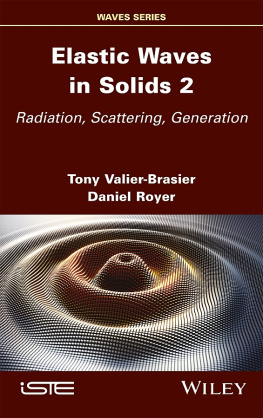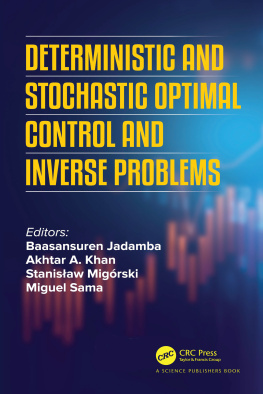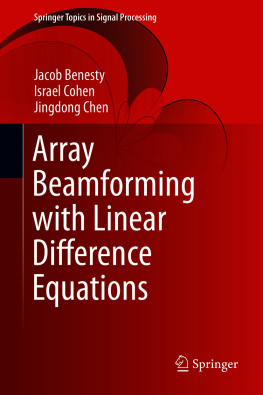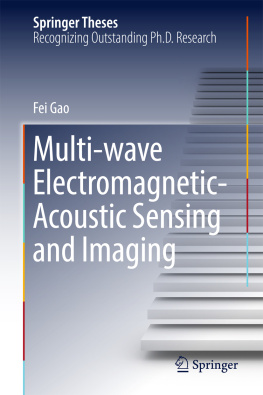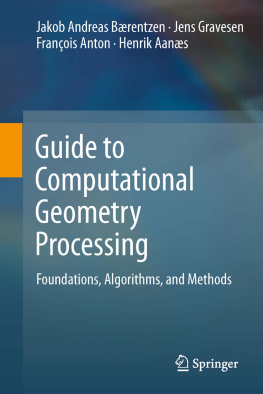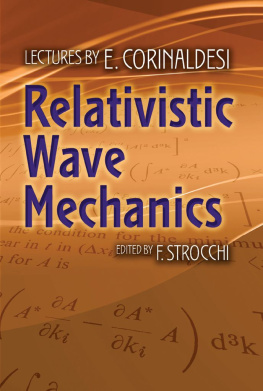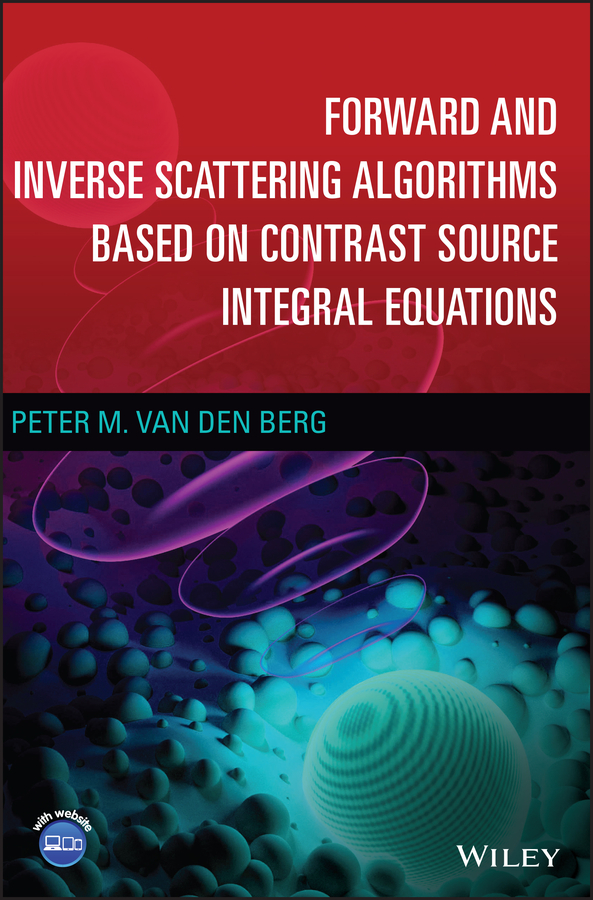
Table of Contents
List of Tables
- Chapter 1
- Chapter 2
- Chapter 3
- Chapter 4
- Chapter 6
List of Illustrations
- Chapter 1
- Chapter 2
- Chapter 3
- Chapter 4
- Chapter 5
- Chapter 6
Guide
Pages
Forward and Inverse Scattering Algorithms based on Contrast Source Integral Equations
Peter M. van den Berg
Applied Sciences
Delft University of Technology
Delft, Netherlands

This edition first published 2021
2021 John Wiley & Sons, Inc.
All rights reserved. No part of this publication may be reproduced, stored in a retrieval system, or transmitted, in any form or by any means, electronic, mechanical, photocopying, recording or otherwise, except as permitted by law. Advice on how to obtain permission to reuse material from this title is available at http://www.wiley.com/go/permissions.
The right of Peter M. van den Berg to be identified as the author of this work has been asserted in accordance with law.
Registered Office
John Wiley & Sons, Inc., 111 River Street, Hoboken, NJ 07030, USA
Editorial Office
111 River Street, Hoboken, NJ 07030, USA
For details of our global editorial offices, customer services, and more information about Wiley products visit us at www.wiley.com.
Wiley also publishes its books in a variety of electronic formats and by printondemand. Some content that appears in standard print versions of this book may not be available in other formats.
Limit of Liability/Disclaimer of Warranty
While the publisher and authors have used their best efforts in preparing this work, they make no representations or warranties with respect to the accuracy or completeness of the contents of this work and specifically disclaim all warranties, including without limitation any implied warranties of merchantability or fitness for a particular purpose. No warranty may be created or extended by sales representatives, written sales materials or promotional statements for this work. The fact that an organization, website, or product is referred to in this work as a citation and/or potential source of further information does not mean that the publisher and authors endorse the information or services the organization, website, or product may provide or recommendations it may make. This work is sold with the understanding that the publisher is not engaged in rendering professional services. The advice and strategies contained herein may not be suitable for your situation. You should consult with a specialist where appropriate. Further, readers should be aware that websites listed in this work may have changed or disappeared between when this work was written and when it is read. Neither the publisher nor authors shall be liable for any loss of profit or any other commercial damages, including but not limited to special, incidental, consequential, or other damages.
Library of Congress CataloginginPublication Data
Names: van den Berg, Peter. M., author.
Title: Forward and inverse scattering algorithms based on contrast source
integral equations / Peter M. van den Berg.
Description: Hoboken, NJ : Wiley, [2020] | Includes bibliographical
references and index.
Identifiers: LCCN 2020030605 (print) | LCCN 2020030606 (ebook) | ISBN
9781119741541 (hardback) | ISBN 9781119741572 (adobe pdf) | ISBN
9781119741565 (epub)
Subjects: LCSH: Wave equation. | Scattering (Mathematics) | Integral
equations. | Fourier transformations. | Optical data
processingMathematical models. | Computeraided designMathematical
models.
Classification: LCC QC174.26.W28 B464 2020 (print) | LCC QC174.26.W28
(ebook) | DDC 515/.353dc23
LC record available at https://lccn.loc.gov/2020030605
LC ebook record available at https://lccn.loc.gov/2020030606
Cover Design: Wiley
Cover Image: tatianazaets/Getty Images
To Corrievan Ravesteijn
Preface
As Professor at Delft University of Technology in the period from 1981 to 2014, I learned that university students have great difficulty implementing numerical methods to solve the forward and inverse scattering problem. PhD students need at least one year to understand the theory of wavefield scattering in complex configurations and to cast the problem into an effective numerical formulation. Currently, the scientific community is putting increasing pressure not only to publish the theory and the numerical results but also to store codes and numerical data. In current practice, many scientific works explain the physical problem and the relevant mathematics, and list numerical codes in printed form in an appendix or online on the World Wide Web. I believe that in textbooks, theoretical formulation, numerical discretization, and digital coding should be presented as a coherent package.
Therefore in 2015, I started to work on the book Forward and Inverse Scattering Algorithms Based on Contrast Source Integral Equations. The book provides a link between the fundamental scattering theory, as educated at universities, and its discrete counterpart. Next, I convert the discrete formulation into numerical codes and I include them in the book. This is of extreme importance for the development of graduate education, doctoral, and postdoctoral research. The examples are made as simple as possible and serve as canonical problems throughout the book. It can be used either as a starting point or as a benchmark for existing or new methods. I chose Matlab as a software platform because more and more universities use Matlab in teaching. Students are trained to use Matlab as an interactive tool not only to perform the assigned exercises but also to understand the essence of the mathematical problem. It stimulates creative thinking.
The goal I set to myself is that every theoretical problem is formulated in such a way that all physical configurations are discretized in a uniform way. The associated computer code must be executed as quickly as possible with minimal storage requirements, while remaining userfriendly. I consider it the most important requirement. Students should recognize the common thread running through the various Matlab codes. In this book, I organized a Matlab structure so that every code listing does not exceed the end of a page. The description of a Matlab function is paged as close as possible to the theoretical and numerical formulations, enabling easy comparison of the two formulations. Furthermore, the choice for Matlab facilitates a simple conversion to C and C++, also for calling Matlab from C or C++.
The codes for solving the forward scattering problem have been developed exclusively to serve the purpose of the present book. All forward codes are written in such a way they can be used for 1D, 2D, and 3D configurations. To compare the numerical results with analytical results, this book only discusses the canonical examples of a homogeneous scatterer, namely the slab in 1D, the circle cylinder in 2D, and the sphere in 3D. For these types of scatterers, the analytical solution for the wavefield presentations in terms of plane waves (1D), radial waves (2D), and spherical waves (3D) are given with the associated codes.
A similar numerical strategy is used for the inverse scattering problem. In the absence of real measurement data, for software development purposes, synthetic data must be used, but with a different calculation model than the discrete numerical model. For that reason, I use the analytical data determined by the canonical objects.
Next page

